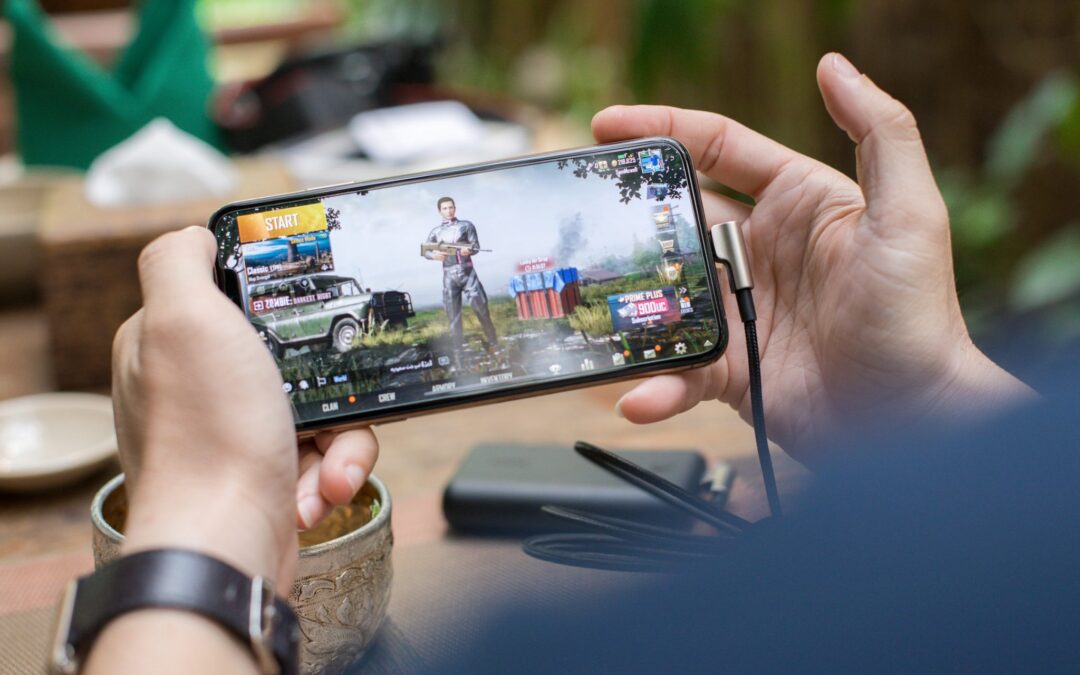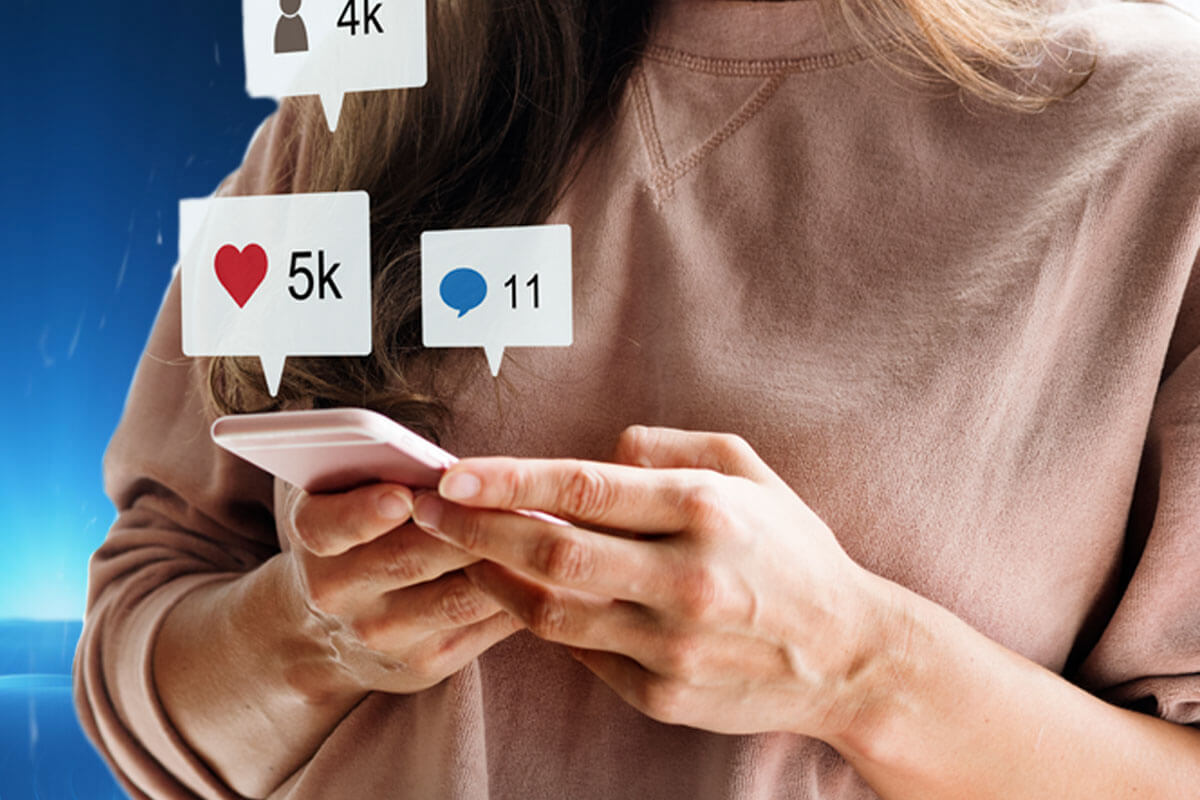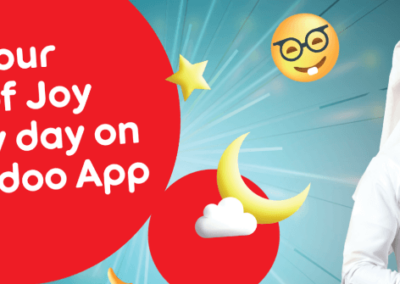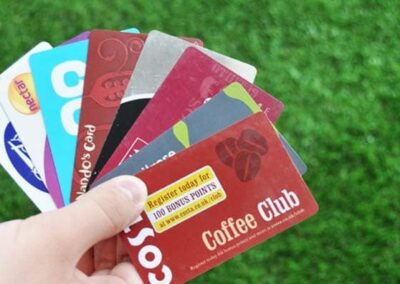When you set out on a task do you always try to finish what you?
Admit it, you really wanted me to write ‘start’ at the end of that question. You probably said it in your head. If you did, you were succumbing to a psychological phenomenon called the Ovsiankina effect. It describes how people hate to leave a project incomplete.
Digital product designers certainly understand the power of this effect. Take LinkedIn. A few years ago, it faced a challenge. It knew that users who completed their profiles were more likely to engage with the service. So how could it incentivise new members to provide all the details required?
Its answer was the progress bar.
Instead of writing bossy reminders, LinkedIn placed a simple colour-coded bar above the profile. It gambled on the fact that users would rather complete their sign-up than see that profile bar hanging. To sweeten the offer, it even awarded an achievement badge at the end. It worked. The percentage of completed profiles soared.
UX design – it’s all a big game
Colour-coded progress bars and achievement badges are, of course, two basic examples of ‘gamification’. It’s a design trend that has swept across product UX over the last decade. Gamification techniques use proven tools to entice people to engage, and then keep them coming back. They include:
- Status
Users are granted a new status (master, champ etc) when they pass milestones
- Leaderboards
Frequent users rise up the rankings, and can see how they compare to others
- Community
Users are put in groups to solve problems together
- Quizzes
Educational challenges that must be completed to progress
- Rewards
Points, badges and other rewards that are handed out to fuel the user’s motivation
Today, gamification is everywhere. One obvious application is in fitness products. The running and cycling app Strava was among the first to award trophies for set achievements (it even puts them into a virtual trophy case). Its deep commitment to gamification helped it to become a billion dollar brand.
But all manner of companies have adopted the techniques. Enterprise software giant SAP even gamified the way it assigns leads to reps. How? By creating a golf-themed app called Lead-in-One, in which sales managers can drag a golf ball (the lead) into a golf-hole (the sales rep). It is more efficient – and a lot more fun – than Excel.
Telcos: slow to join the fun
Despite the rising popularity of gamification across multiple sectors, the telco industry has been noticeably slow to adopt it. Consider the carriers’ own customer-facing apps. Although millions of subscribers have downloaded these products (to track their minutes and data, mostly) they rarely open them.
This is a missed opportunity. With judicious use of gamification, telcos could reinvent these apps to
boost user engagement and unlock all manner of benefits.
In fact, industry leaders are working on it. In 2020, a proof-of-concept catalyst project, called Ready Telco One, was launched by members of the trade body TM Forum including Orange, Netcracker, Microsoft and Radisys. This gamified digital award scheme used several techniques to award points to telco app users, which they could exchange for special offers. The scheme also gained valuable behavioural data, which when combined with artificial intelligence (AI) and machine learning (ML) models, optimised the loyalty efforts and recommended new experiences to its customers.
It was estimated that gamification of this sort could deliver one million new app customers for telcos, with a €0.55 boost in ARPU and €18m of new revenue every month. In a white paper, it listed a range of telco-specific activities that could be improved by gamification including:
- Product or services search
Making discovery a game with rewards or prizes.
- On-boarding customers
Using game mechanics to encourage privacy-conscious customers to opt in.
- Try before you buy
Letting customers virtual-test their products and services before purchase.
- Self-service
Creating interactive quizzes and visual cues to assist the self-serving customer.
- Employee engagement
Giving staffers achievement badges, ranking tables or even digital avatars that reflect their expertise.
The truth is, everyone wants to have fun – male, female, young or old. Product designers across the social media and app space understand this. They are incorporating the principles of gamification into their products to boost engagement, reduce churn and (ultimately) improve revenues.
Telcos are a little behind. But it’s not too late. The tools and the expertise are out there waiting to be adopted. The companies that do so can unlock a range of benefits – and maybe even land an achievement badge.
Source: telecomstechnews.com






